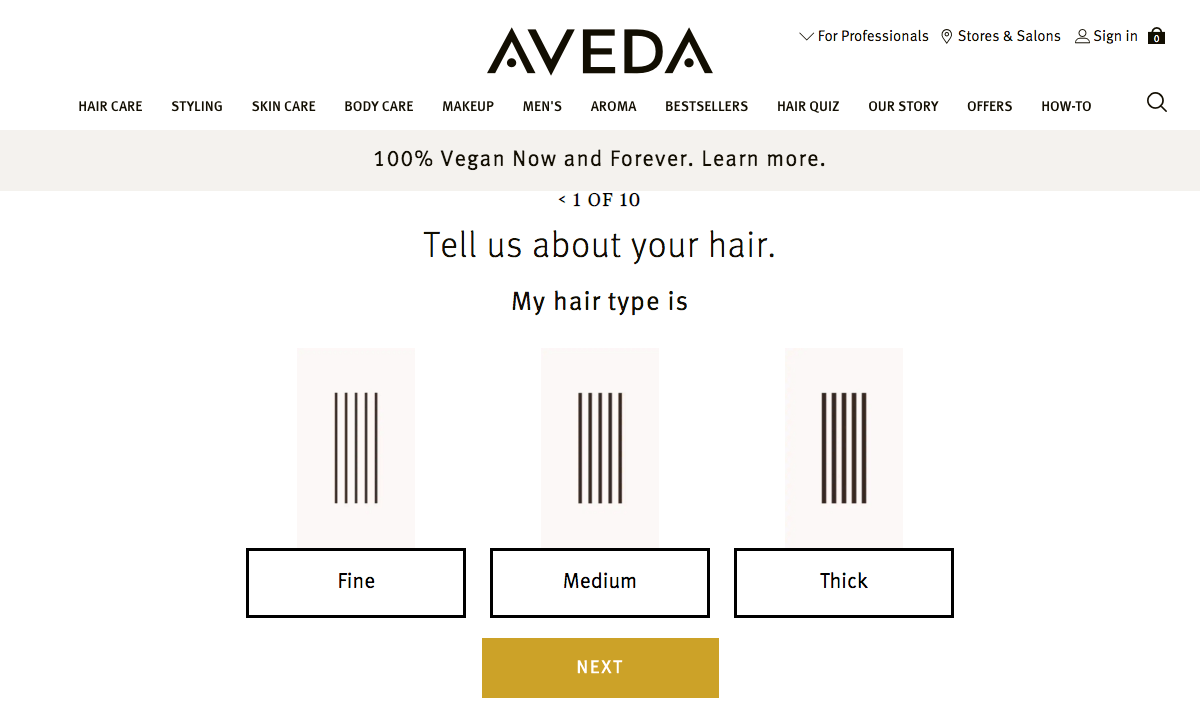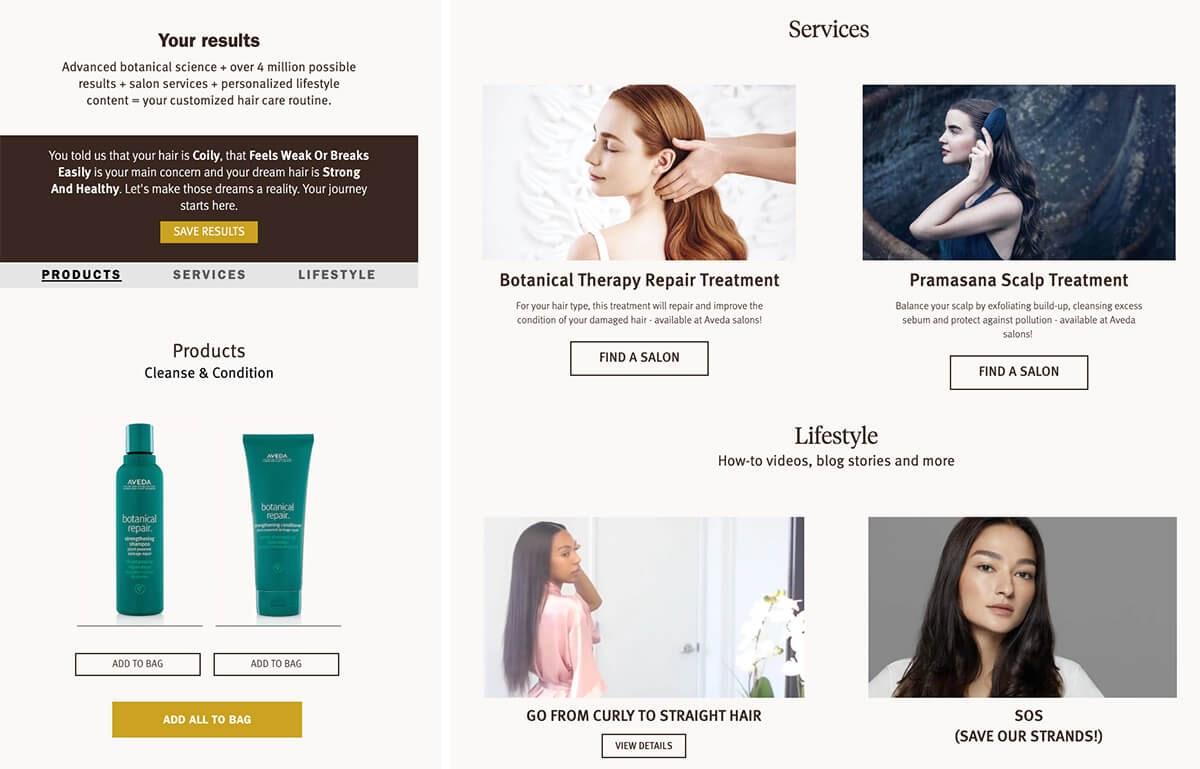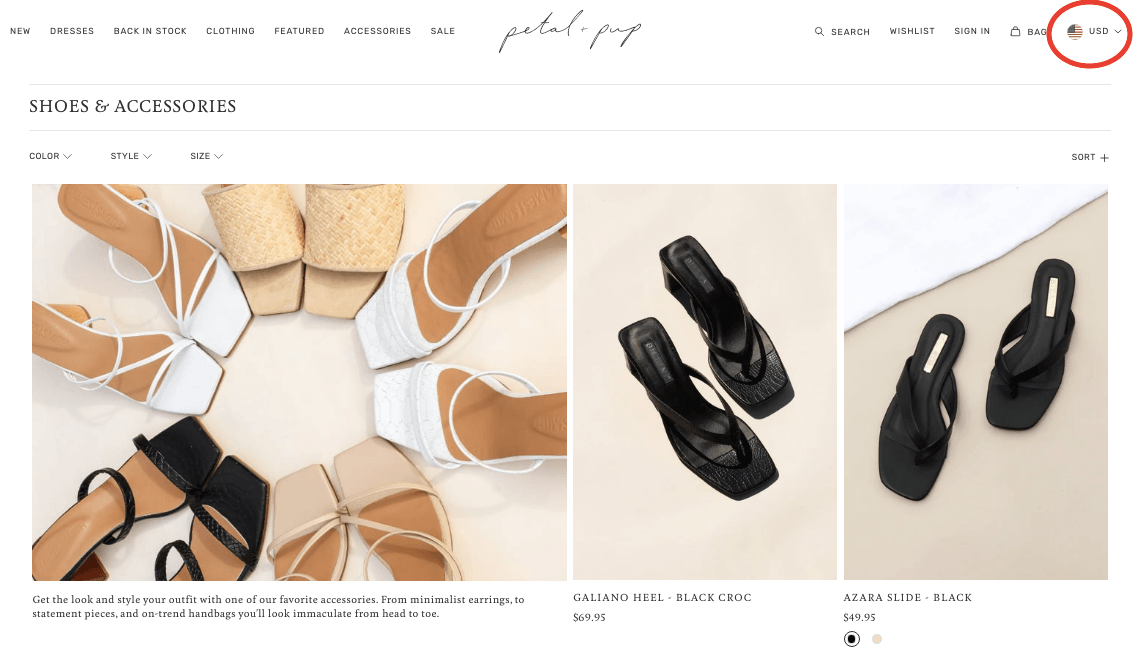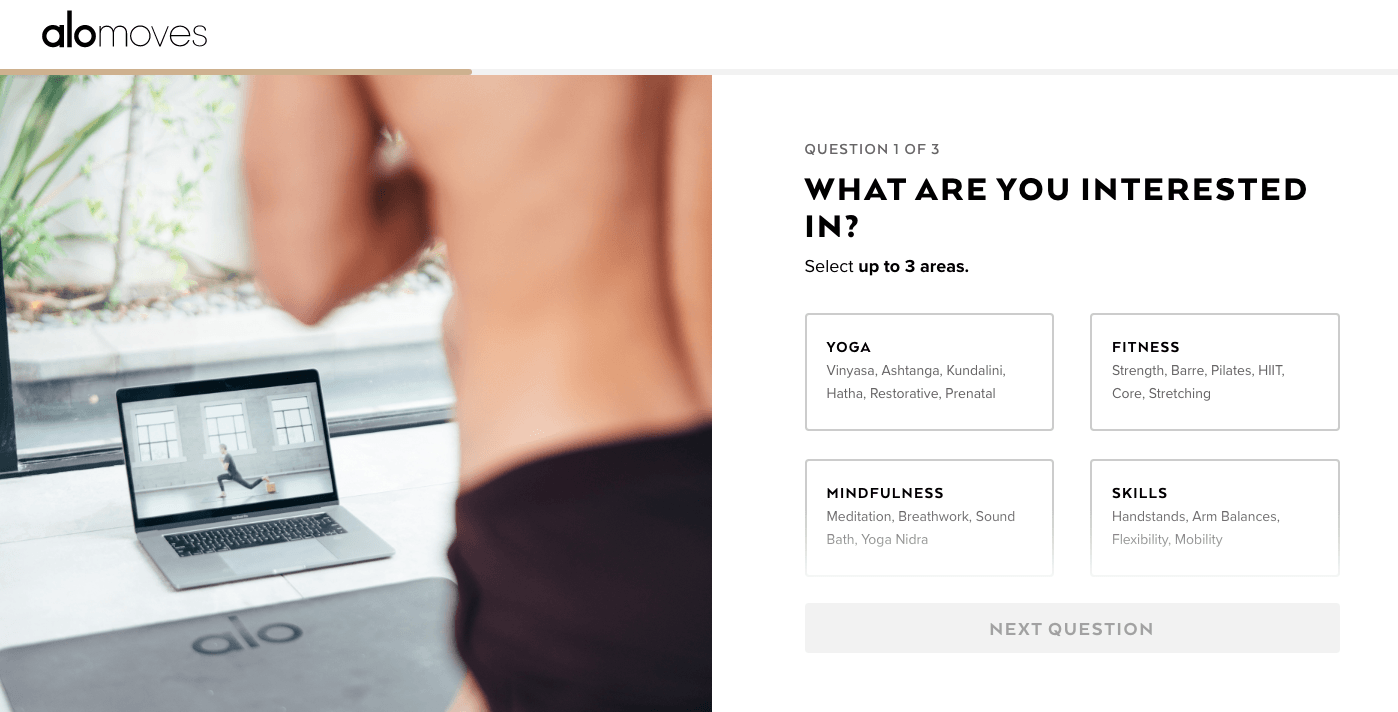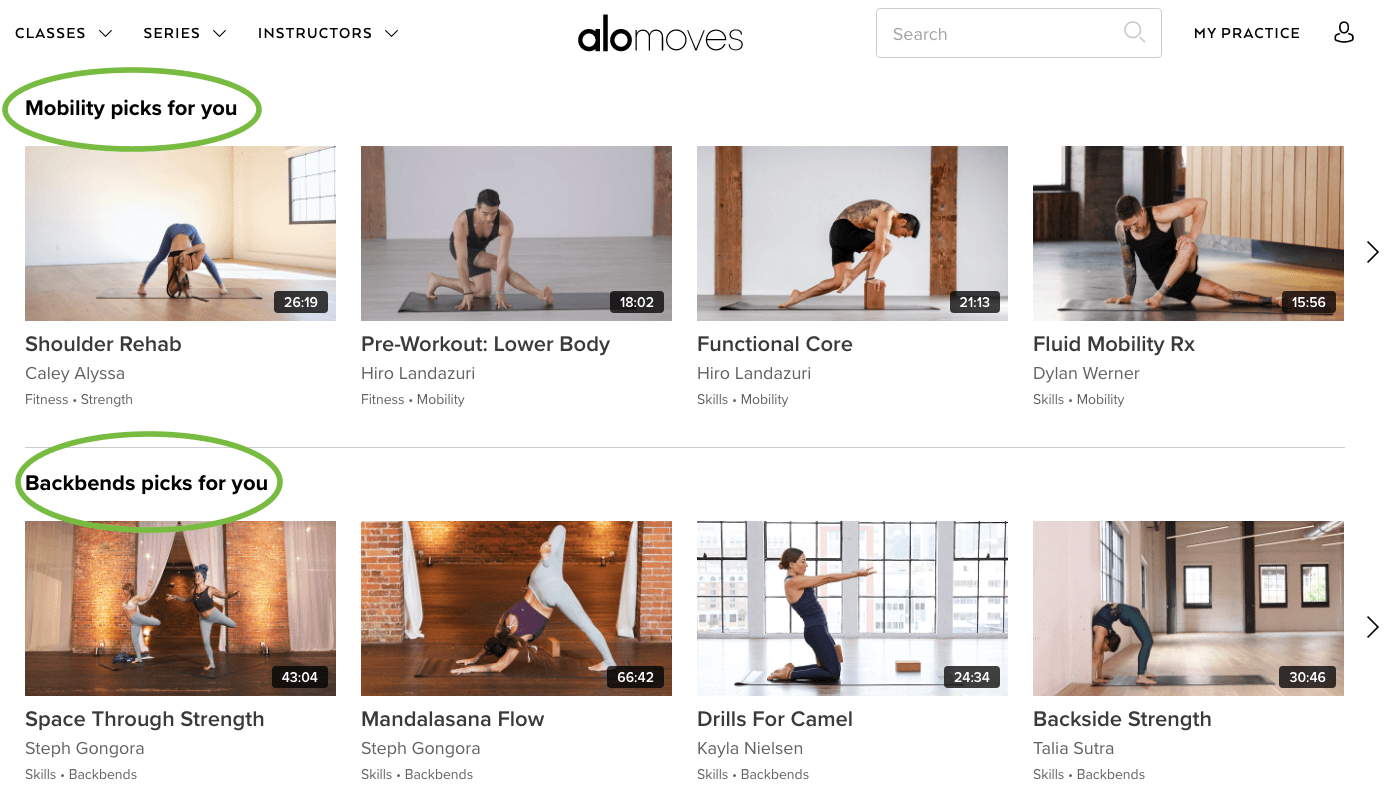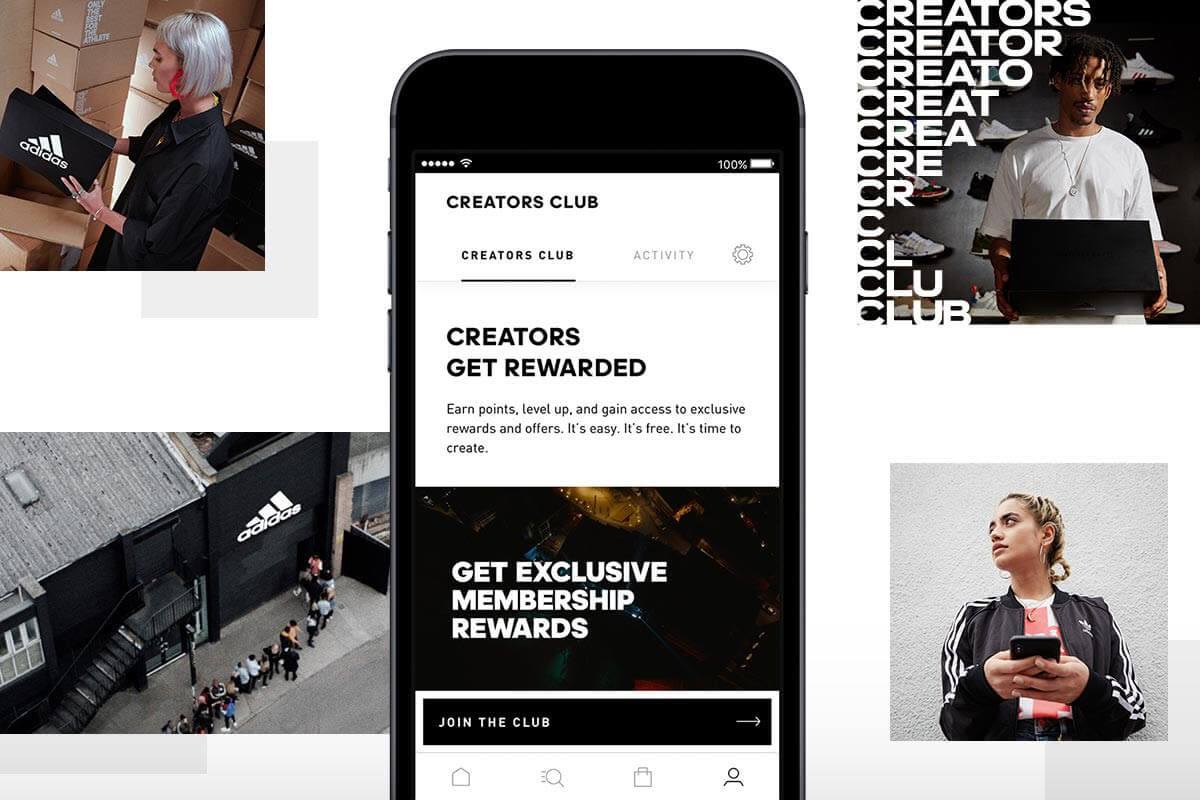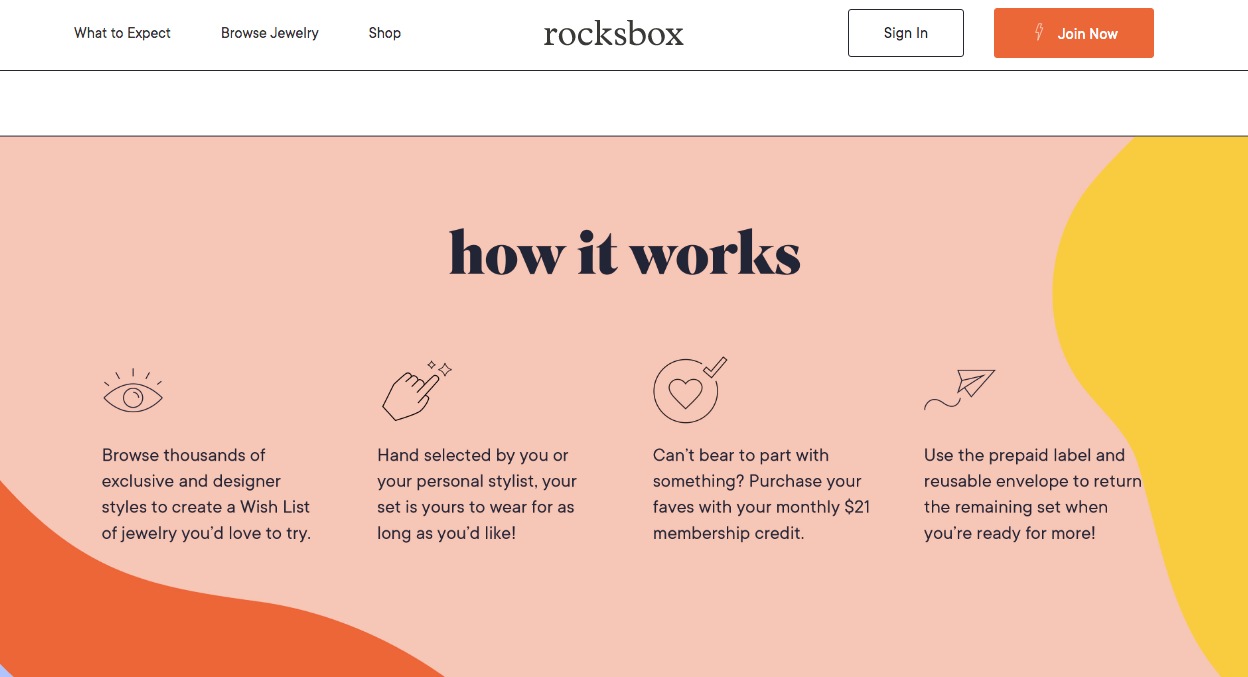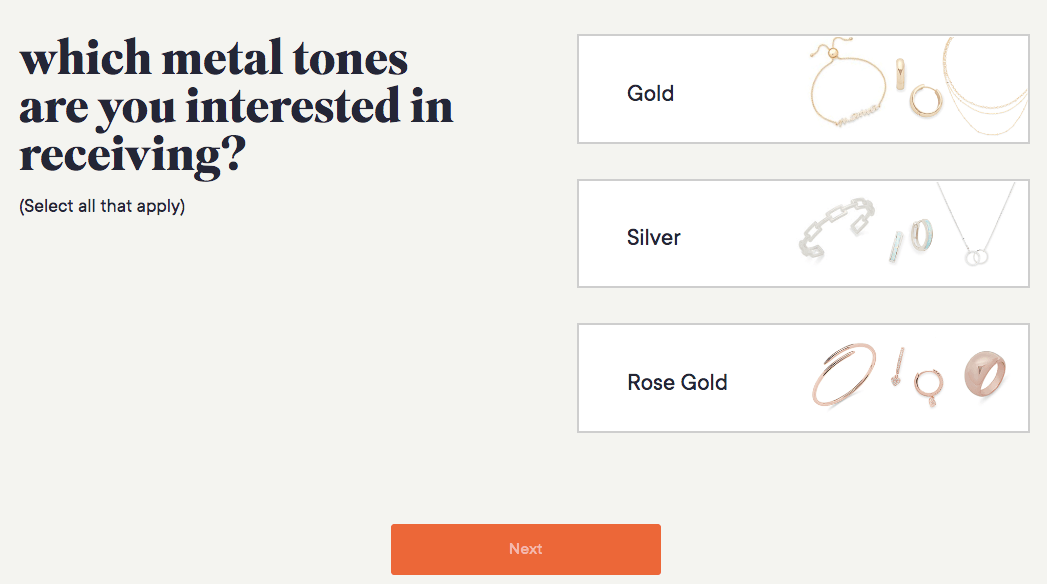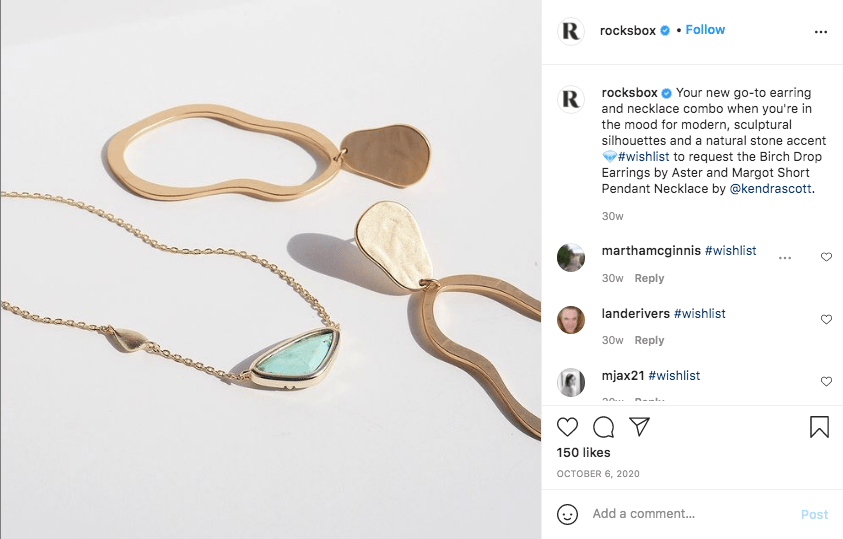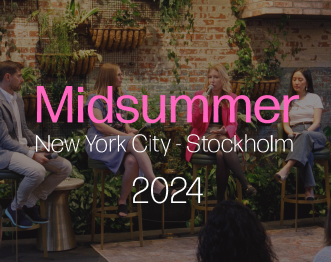5 Personalized Content Examples to Inspire Your Content Strategy
Why do brands need to learn from personalized content examples?
Because 67 percent of consumers admitted in a Salesforce survey that their expectations from brands are higher than ever. In addition, 87 percent of respondents said that treating them as a person and not a number is the key to winning their business.
That’s where personalized content enters the picture.
Imagine entering an international website and being served content in your native language and seeing images and videos of your country or local region. It would probably make you trust the brand more because they’re delivering the most relevant content to you. You’d likely be more than happy to revisit the site again and maybe even make a purchase.
According to an Epsilon survey, 80 percent of consumers stated that they are keen to engage with brands that offer them a personalized experience.
That’s the power of content personalization. It ensures higher customer satisfaction and retention rates, both of which result in higher bottom lines for businesses.
To turbocharge your content strategy, here are five practical personalized content examples I’ve curated for you.
5 Examples of Content Personalization to Inspire You
Content personalization is the process of tailoring content according to demographic, behavioral or contextual data. It is one of the best ways to foster digital loyalty and reduce choice overload.
Here are some examples of personalized content to inspire you:
1. Aveda
A popular beauty brand, Aveda, uses content personalization to match their products to consumers based on their beauty concerns. But issues arise when people themselves don’t know what their concerns are. Is my scalp dry or itchy? Do I have oily or combination skin?
Confused visitors may abandon the website or leave in a huff. Or they may buy the wrong product and never return to the brand. To prevent those issues, Aveda presents visitors with interactive quizzes, like their Hair & Scalp Check.
When taking the quiz, users are asked 10 pointed questions about problem areas, hair texture, etc. Their answers are cross-referenced with 4 million possible solutions to curate a personalized treatment for each consumer.
For eCommerce brands like Aveda, content personalization becomes an effective lead generation tactic.
How so?
Even if visitors are not yet ready to buy from Aveda, they will likely sign up for the quiz and get free how-to content that the brand sends based on the quiz results. That’s how Aveda and other brands can capture leads and then nurture them towards conversion.
2. Petal & Pup
Even though they are a relatively modest-sized eCommerce brand, Petal & Pup, leverages content personalization to compete against bigger brands.
The moment a user lands on their website they’re presented with an option to navigate the site via voice control. The brand gathered intel from the web about people who prefer using voice commands to search and provide the amenity to them. This also makes them a more accessible brand since users on mobile and people with special needs have equal access to the site.
Their website also displays all product prices in the visitor’s native currency, saving people the hassle of having to do any conversions themselves.
Taking it even further, for repeat conversions, Petal & Pup display product recommendations based on a customer’s prior purchases. This tactic alone helped improve their conversion rates by 17 percent.
3. Alo Moves
Alo Moves is an online yoga and fitness class provider. They are exceptionally dedicated to content personalization, which is why they have a spot on this list.
Every customer’s journey begins with an onboarding survey, in which users specify their fitness goals and preferred learning methodology. Alo Moves is then able to match people with a relevant instructor and set up convenient workout schedules tailored to each person.
Once the brand learns about your tastes and interests, they go on to personalize the onsite content. For instance, a yoga lover will see a different homepage from a person who’s expressed interest in Zumba.
Alo Moves assumes that a user interested in yoga will also be inclined towards meditation. So, they put together a composite wellness program, complete with soothing soundtracks and playlists.
4. Adidas
Ask any conversion rate optimization specialist for the best sales hacks and content personalization is sure to top their list; it’s why megabrands like Adidas embraced personalized content early on.
Back in 2017, when content personalization was little more than a fad, Adidas launched an app with curated product wish lists and gift ideas. The app replicated their website’s interface but that’s where the similarities ended.
The app went further and provided each user with a personalized news feed after learning about their style preferences and analyzing their interactions with the brand across multiple touchpoints.
The app has been instrumental in helping the brand deliver personalized shopping experiences to their younger, mobile-savvy consumers.
5. Rocksbox
Jewelry subscription website, Rocksbox, is obsessed with providing their customers with exceptional user experiences. According to their VP, Chale Li, each item they curate for a user’s jewelry box is picked especially for them.
This is done by gathering customer insights via online surveys and wishlist analysis. After collating information from these touchpoints, Rocksbox stylists create detailed style profiles for each customer, which are used to identify well-matched products.
Another smart trick that the brand uses for intel collection is allowing their users to create product wishlists directly from social media platforms. There are other similar practices to grow your business with social media.
But how does that work?
Once a user connects their Instagram account to their Rocksbox account, they can save items from the brand’s Facebook page using #wishlist. Their product preferences are synced with their style profile automatically.
So, they find the wishlist items and other similar items lined up when they head over to the website to check out.
Conclusion
Content personalization provides multiple benefits to brands, including higher AOV (average order value), better retention rates and increased CLV (customer lifetime value). That’s why you need to make it a priority in your digital marketing plan.
If ever you find yourself searching for inspiration, just check out the personalized content examples mentioned above.

